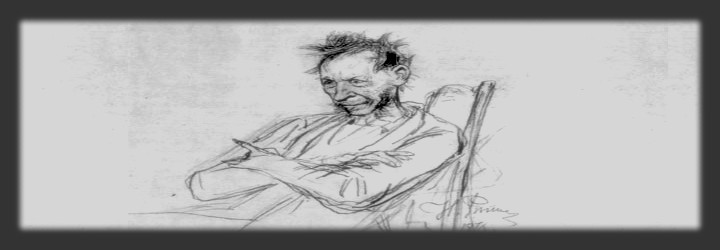More Exploration of Social Objects
Are Social Objects “Really Real”?
There is an intuitive suspicion expressed in common sense, that certain kinds of objects – namely, objects that seem to be dependent upon social factors – aren’t “really, real”. The intuition is a skeptical one arising out of a default common sense empiricism. While there may be some nominal understanding or some social agreement about the reality of things like national borders or governments, they’re not “really, real” in the sense that, say, an airplane, or a boulder, or a dog, are “really, real”. In contemporary philosophical literature, this distinction is typically understood as an opposition between the realist and antirealist understanding of objects, and is sometimes justified by adding the qualification “social” to the term object. The qualification is correct, but incomplete. This paper will attempt flesh out the notion of a social object, in order to provide a clearer understanding of what is meant by it, and to provide a means by which we might answer the question of whether so-called social objects are in fact, “really, real”.

